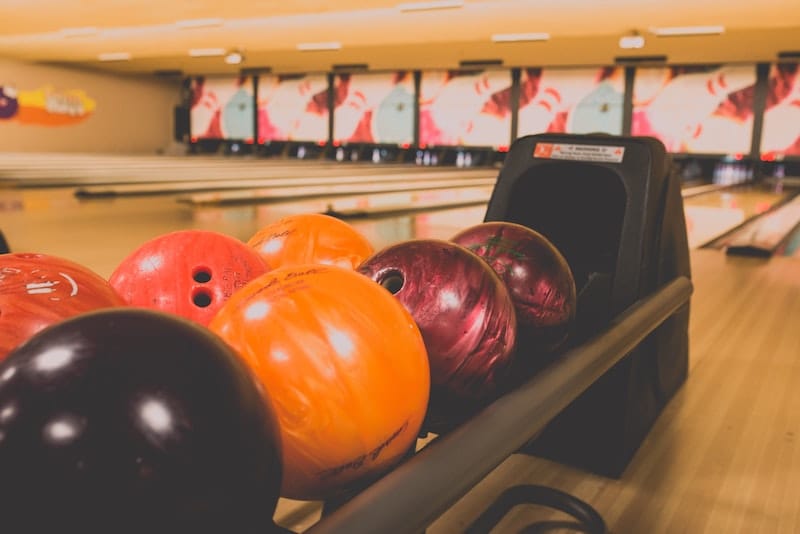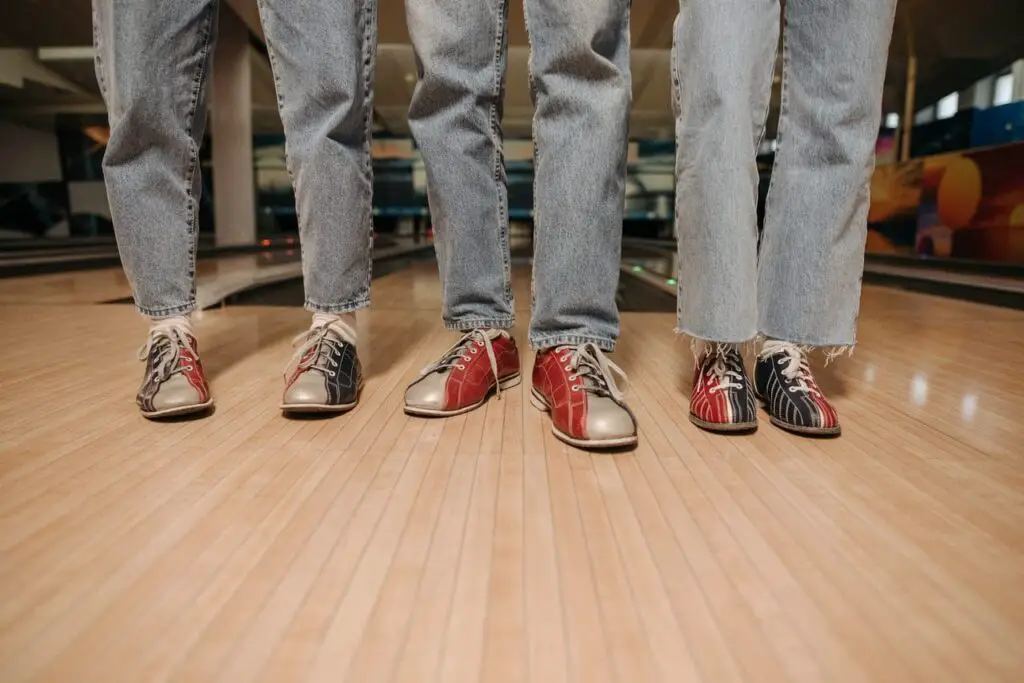Bowling is a fun sport for all ages, but it can lead to back pain if you use improper technique or bowl for too long without rest. Here’s what you need to know about preventing and treating back pain from bowling.
How Bowling Can Cause Back Injuries
- Repetitive Motion and Strain
The repeated swinging and releasing of a heavy bowling ball can strain the muscles and ligaments in your upper and lower back. Bowling multiple games in a row does not allow your back proper time to rest and recover between motions.
- Weight of the Bowling Ball
The average 6 to 16 pound bowling ball puts significant strain on the back when swung repeatedly. Those who are not conditioned for the extra load are more likely to suffer back pain from bowling.
- Awkward Body Mechanics
Bowling involves bending, twisting, shoulder movements, and engaging your core. Improper form during this multi-planar activity overstresses the spine’s structures.
- Jarring Motions
Releasing the ball off-balance or with awkward mechanics can jar the back. Hyperextension and falls are also possible, causing traumatic back injuries.
- Prolonged Bending
Bending to roll the ball many times strains supportive tissues in the lower back. Standing for hours while bowling leads to back fatigue and muscular strain as well.
Read our comprehensive guide about safety tips for bowling
What Muscles Get Sore from Bowling?
The main muscles prone to pain and soreness from bowling are:
- Latissimus dorsi – large back muscle involved in bowling swings
- Lumbar paraspinals – muscular support on either side of lower spine
- Erector spinae – vertical muscles supporting the spine
- Multifidus – deep spinal stabilizers of the lower back
- Gluteal muscles – become fatigued from standing and hip motions
Can Bowling Cause Sciatica?
Sciatica describes radiating leg pain, numbness or weakness from compressed spinal nerve roots in the lower back. Improper bowling technique that strains the lumbar spine can potentially compress or irritate the sciatic nerve. See a doctor for evaluation of sudden leg symptoms during or after bowling.
Maintaining Proper Bowling Posture
To reduce back strain when bowling:
- Stand upright without excessive arching or rounding of your lower back
- Keep your abdominal muscles engaged to support your spine
- Bend your knees and keep your center of gravity low to roll the ball
- Avoid twisting your back to throw – move your feet instead
- Follow through straight without over-rotating your shoulders
Prevention: Proper Bowling Technique and the Right Equipment
- Use proper bowling form to avoid overuse and nerve injuries in your back
- Lift balls with leg strength to avoid back strains
- Choose lighter bowling balls if necessary
- Take breaks between games to rest your back
- Wear bowling shoes to prevent slips and falls
- Strengthen your core muscles to support your spine when bowling
- Use proper lifting techniques when picking up bowling balls
Treating Back Pain from Bowling
If you experience back pain from bowling, try conservative treatment options:
- Apply ice packs to reduce muscle soreness and inflammation
- Use over-the-counter pain medication as needed for pain relief
- Get a sports massage to release tight back muscles
- See a physical therapist for stretching, strengthening exercises, and modifications
- Wear a lumbar brace for extra back support if needed
When to See a Doctor
See your doctor promptly if you have:
- Severe or persistent back pain that does not improve with rest
- Numbness, tingling or radiating leg pain
- Weakness in the legs
- Back pain from a fall or accident when bowling
With proper precautions, technique and rest, bowling does not have to strain your back excessively. But see a doctor if back pain persists despite prevention methods.


